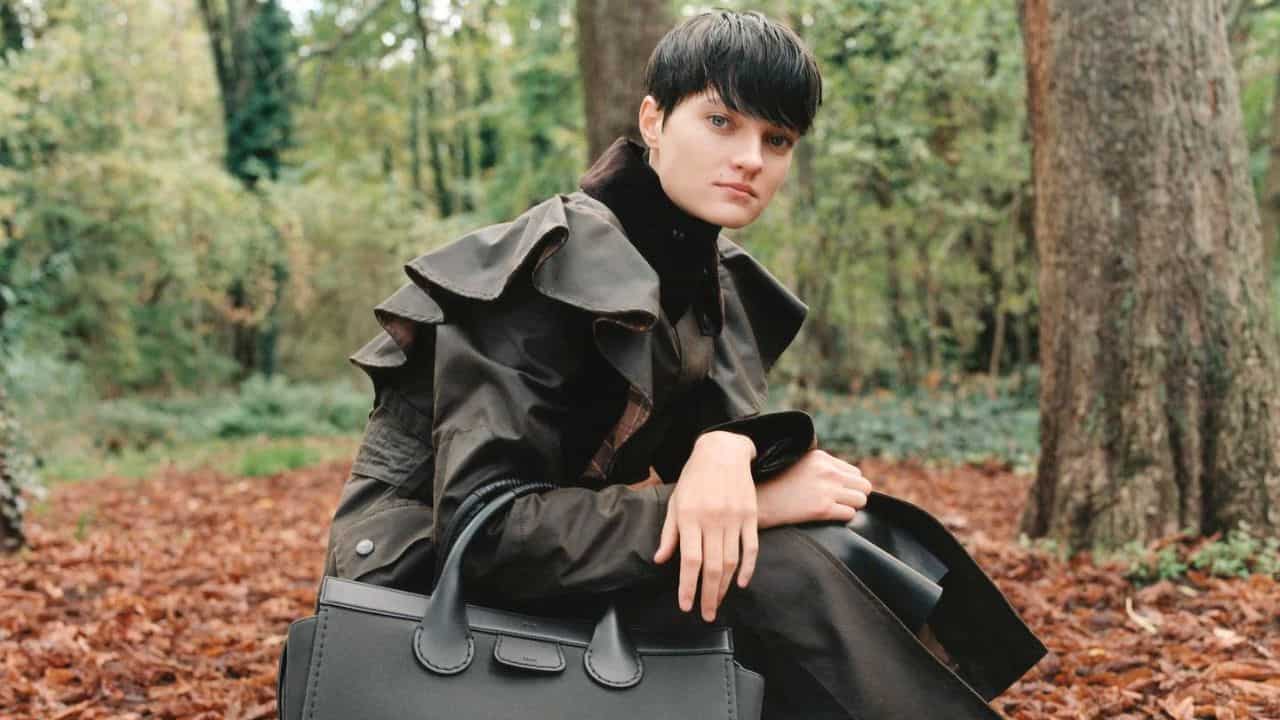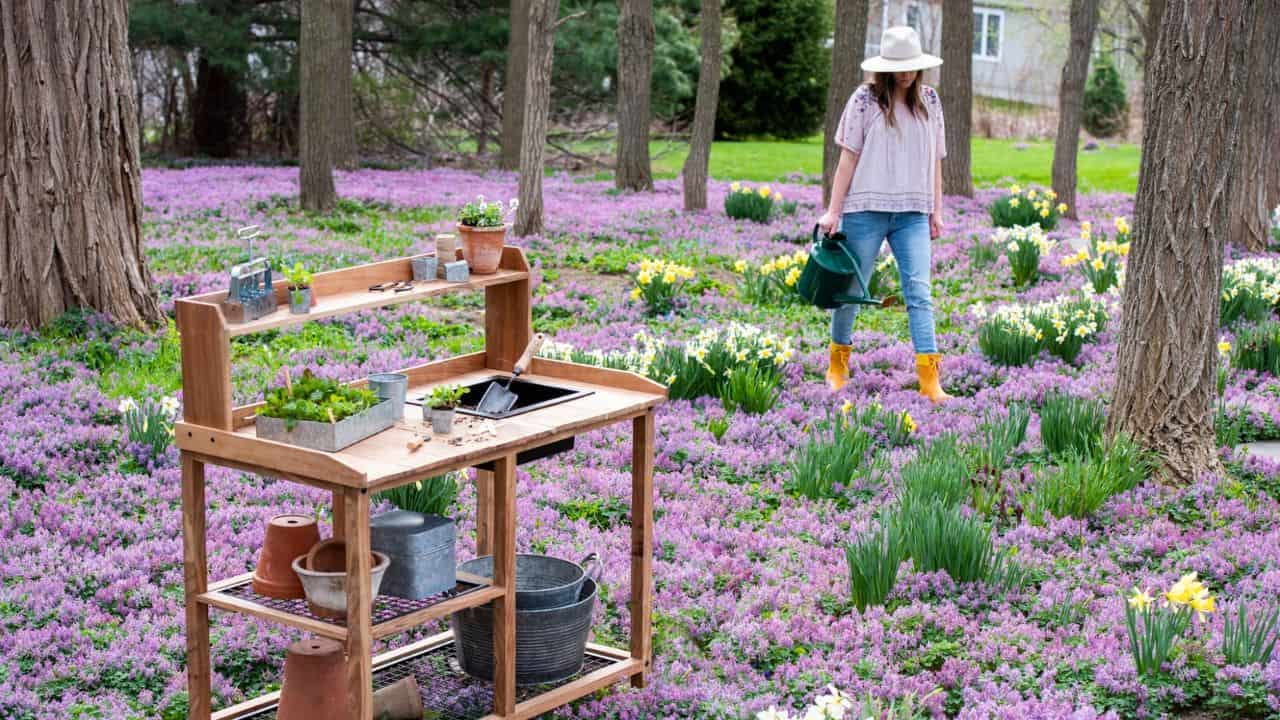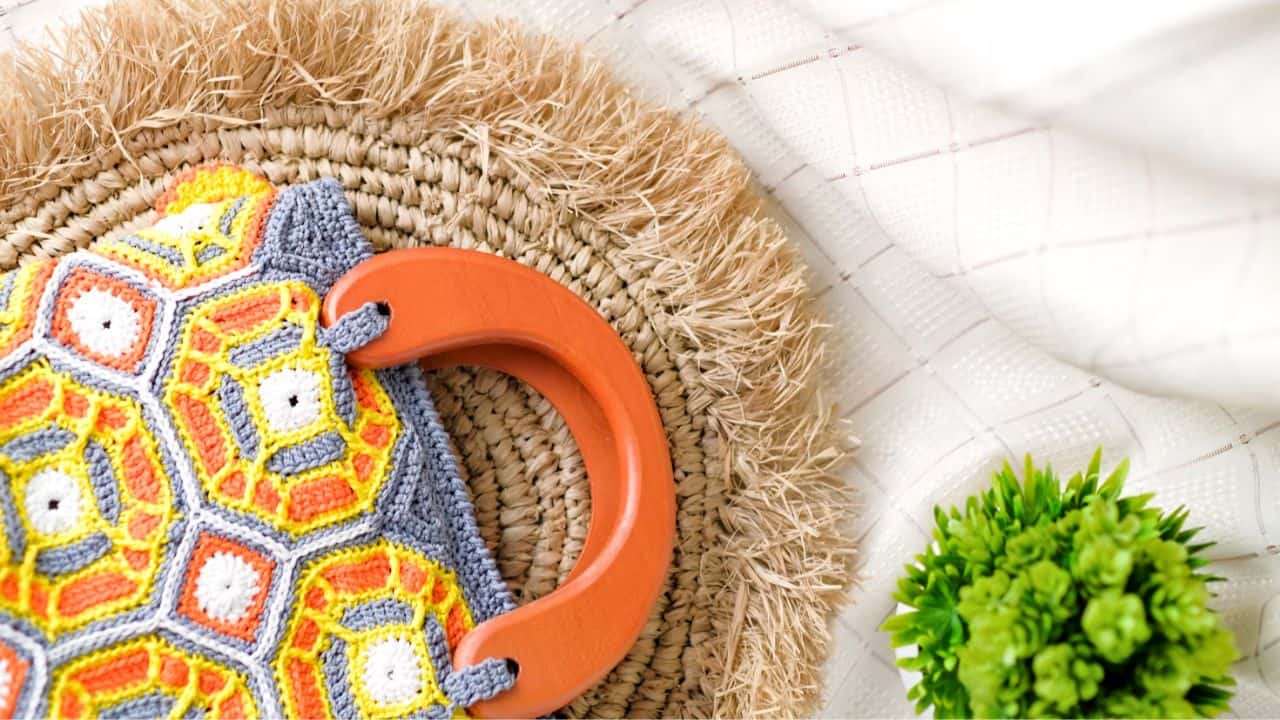Ahh…spring. It’s the busiest and most exciting time in nature’s calendar, when winter finally begins to ebb and wildlife begins to wake from its long slumber.
Some of our most loved birds return from their epic migration journeys and birdsong is in full swing.
There’s no time to mess around though, finding a mate and breeding successfully is the number one goal for wildlife.
With all this action going on, wildlife vlogger, Sophie Pavelle, fills us in on seven awesome Spring animals to look out for in Britain in spring.
7 Spring Animals And Birds To Watch Out For
1. Bumblebees
As March starts to welcome some warmth, Queen bees that have survived the winter begin to emerge from their underground nests, on the hunt for fresh pollen and nectar to regain strength after a winter spent living off fat reserves.
Queen bees then begin searching for suitable nest sites such as ground holes, bird boxes and tussock-y grass.
Where to find bumblebees
Hedgerows and gardens. Consider planting a wildflower bed to attract lots of insects to your garden and create a spring haven!
(See our guide to planting for bees here).

2. Red Admiral Butterfly
Being one of the UK’s most widespread and striking butterflies, the Red Admiral is not hard to miss, with its jet black and orange-red stripes.
These aren’t as dainty as they appear, as long-haul migration from southern Europe and North Africa remains an important part of their lifestyle.
While the migrant butterflies typically arrive in early spring, some Red Admirals remain in the UK over the winter.
Where to find the Red Admiral Butterfly
Gardens, countryside, on wildflower-rich stretches of coastline.
3. Chiffchaff
Often THE symbol of spring’s arrival, this endearing little warbler is instantly recognisable by its two-note mechanical-sounding song and descending melody.
Typically the olive-coloured male arrives to its breeding territory before the female, so it can start singing ready to attract a mate.
It’s traditionally a migrant songbird arriving in late March, yet some chiffchaffs stay in the UK all year round in milder regions.
Where to find chiffchaffs
Moorland, woodland, scrub, parks, heathland.
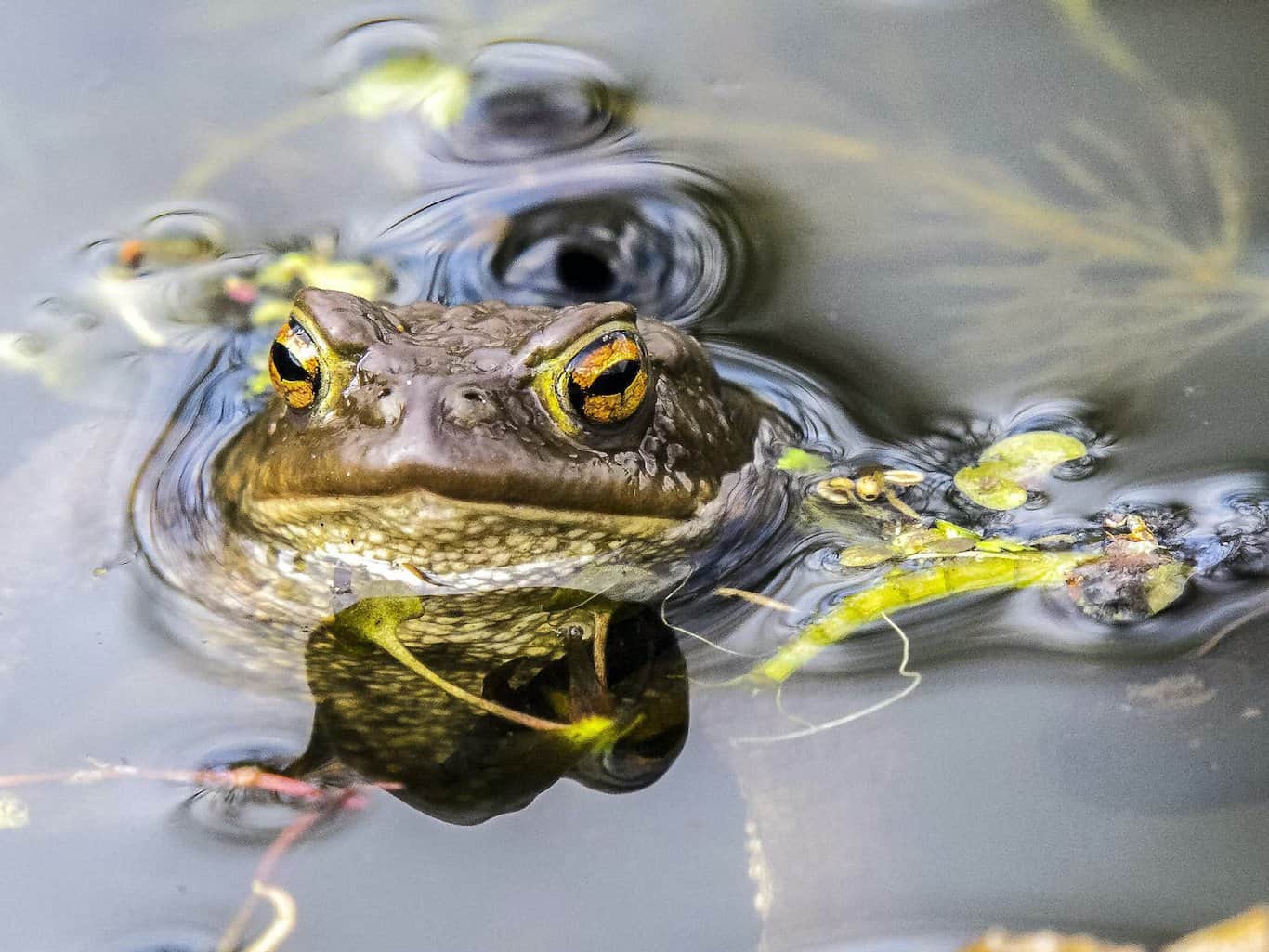
4. Common toad
Spring is one of the best times to spot the common toad.
Toads only stay in water during the spring breeding season, where they return to their ancestral ponds to lay their eggs.
Both frogs and toads tend to travel at night when it’s cooler to spawn, but this means they often make hazardous journeys across roads and towns.
Where to find toads
Look out for clusters of jelly-like frog spawn in local ponds and even ditches – often several clusters merge to form a ‘mat’!
Start looking as early as February, as evidence suggests these amphibians are breeding earlier each year.
5. Swallows
Swallows are an icon of British springtime, arriving from March after their epic 10,000km flight from the southern tip of Africa, across the savannah and Saharan desert.
They tend to gather nest material shortly after their arrival, building their nests in a variety of locations from caves to the eaves of buildings.
Where to find swallows
Swallows can be easily seen in your local neighbourhood, but you can help them out after their long journey by planting insect-friendly flowers in the garden to give these weary travellers a hand.
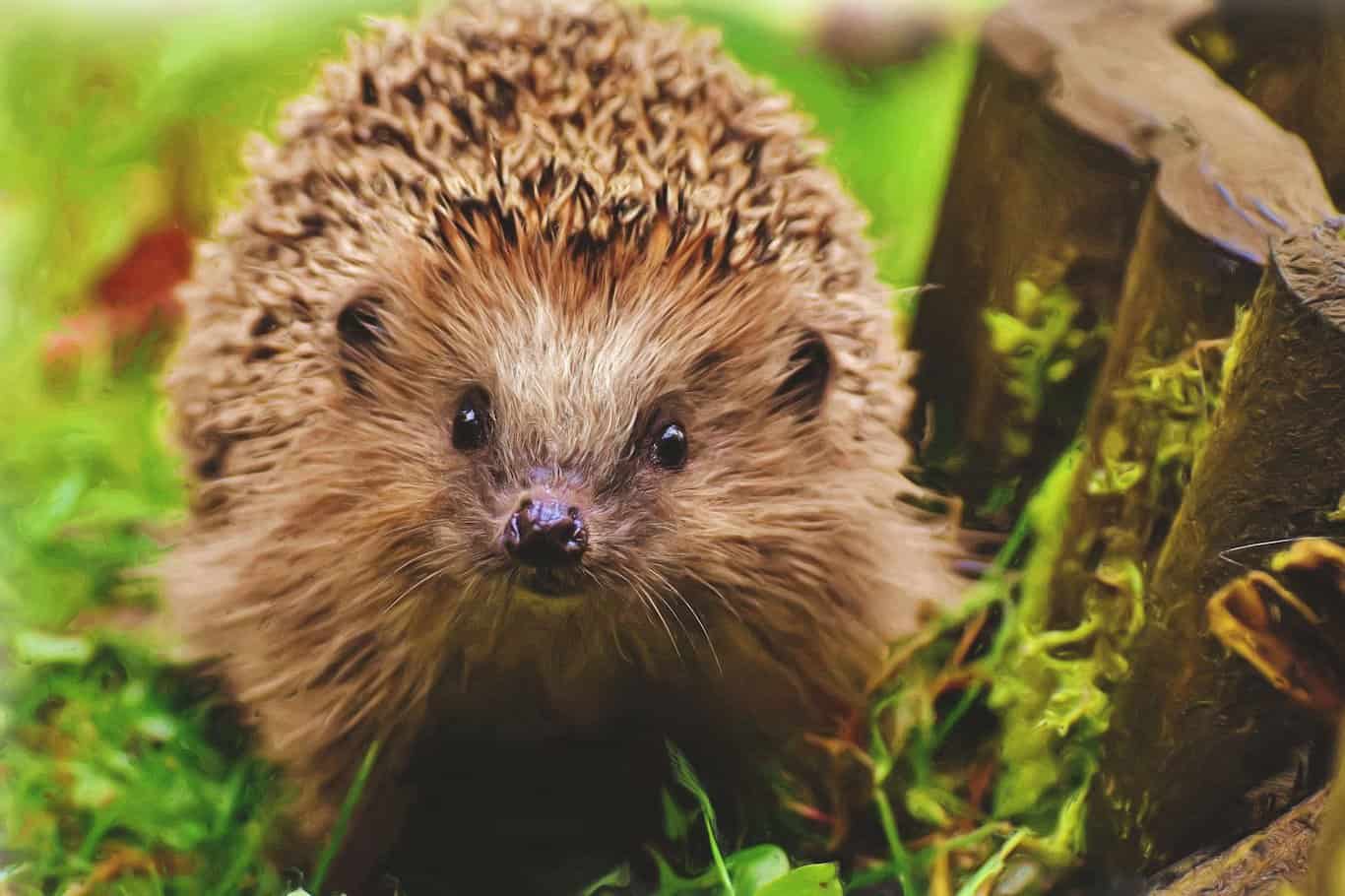
6. Hedgehogs
After a long hibernation it’s always a treat to see the first hedgehogs of spring.
Males are usually first to emerge out of their winter nesting sites and like most other wildlife in spring, mating and breeding is high on their to-do list.
During hibernation hedgehogs live almost entirely off fat reserves, meaning they regularly have to forage for up to two miles a night in search for food during spring.
Where to find hedgehogs
Hedgehogs are nocturnal, so look out for them during the evening in your garden; especially near leaf litter or logs.
It’s a good idea during this time to make your garden hedgehog friendly; such as leaving leaf and log piles and making space under fences for them to pass through on their nighttime foraging trips.
7. Basking shark
Spring is not only when the cute and familiar critters emerge, it’s also a good time to spot the ultimate gentle giant and second largest fish in the world, the basking shark.
The UK’s shores are home to no fewer than 30 species of shark including these 12ft beauties who begin to be seen between April and October.
It is thought that basking sharks head down to richer feeding depths during the winter, but return to filter feeding at the surface to feed on the dense plankton blooms that form close to headlands as temperatures warm.
This feeding behaviour contributes to a thriving and dynamic coastal food chain.
Where to see basking sharks
The pattern of basking shark emergence is shifting due to warmer seas bringing an earlier arrival of nutrient upwelling. Cornwall is one of the true hotspots, seeing a basking shark from a cliff-top or boat tour is not uncommon.
Other areas of the western coast such as the Hebrides in Scotland, Dorset, the Isle of Man and Cardigan Bay in Wales all offer a good chance of seeing this incredible creature this spring.
Sophie Pavelle is a zoologist and wildlife presenter based in Devon. Follow her on YouTube.




